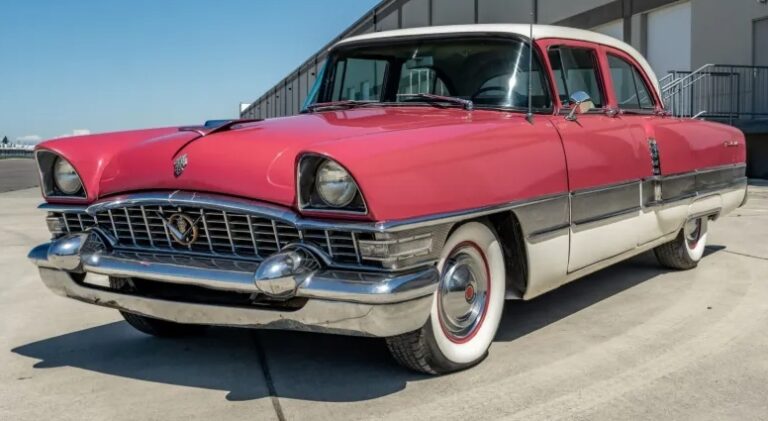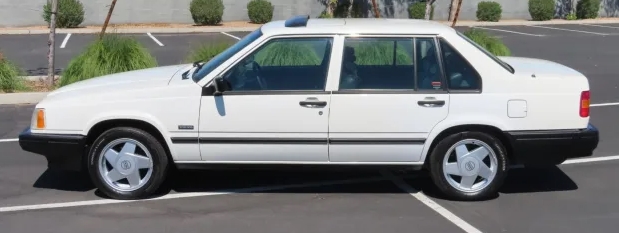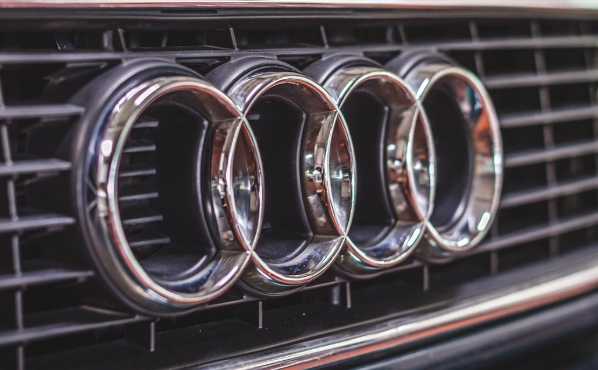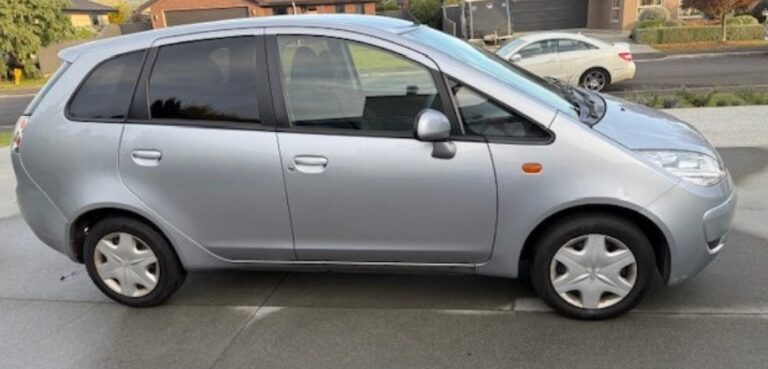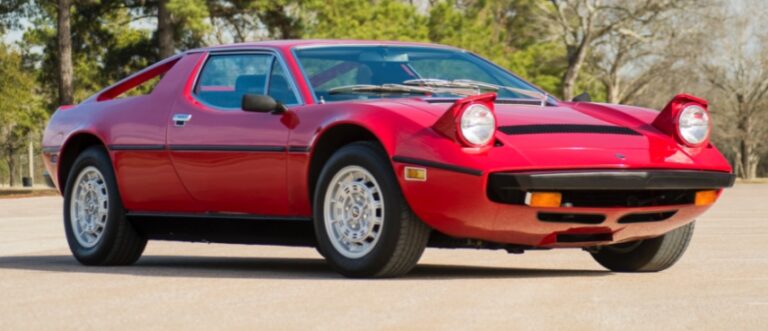The Evolution of Fiat 130, 131, and 132: A Historical Overview
Fiat, Italy’s storied automotive manufacturer, has a long history of producing innovative and diverse vehicles. Among its most notable models from the 1960s through the early 1980s are the Fiat 130, 131, and 132. These models represent different segments and technological advancements, reflecting Fiat’s strategic shifts and engineering innovations over the decades.
This article provides an in-depth look into each model’s development timeline, variations, and specifications, illustrating the evolution within this trio of vehicles.
Fiat 130 (1969–1977)
Development and Introduction
The Fiat 130 was introduced in 1969 as Fiat’s flagship luxury sedan, aimed at competing with European executive cars like the BMW E3 and Mercedes-Benz W114/W115 series. It was produced from 1969 until 1977, marking Fiat’s foray into the upper-end luxury market.
Design and Engineering
Designed by Dante Giacosa, the Fiat 130 featured a classic, elegant design characterized by a long wheelbase, refined lines, and a spacious interior. It was built on a unibody chassis, with a front-engine, rear-wheel-drive layout.
Powertrain and Variants
The Fiat 130 was initially equipped with a 3.2-liter V6 engine, which was a significant engineering feat at the time. The engine produced approximately 140 horsepower, paired with a four-speed manual transmission or a three-speed automatic.
Models and Trim Levels
The Fiat 130 was available in several trim levels and models over its production run:
- Fiat 130 Berlina (Sedan): The standard luxury sedan, featuring plush interiors, wood veneer accents, and high-end upholstery.
- Fiat 130 Coupé: Launched later, around 1971, designed by Pininfarina, emphasizing sporty luxury with a shorter wheelbase and a more aerodynamic profile.
- Fiat 130 Station Wagon (Estate): Limited in production, primarily for specific markets, offering additional cargo space.
Notable Features and Variants
- Special Editions: During its production, a few special editions were introduced, such as the “Fiat 130 Lusso,” emphasizing luxury features, and the “Fiat 130 S,” a sportier variant with performance enhancements.
- Engine Variants: Although primarily powered by the 3.2L V6, there were plans or prototypes for smaller engines, but these did not reach mass production.
End of Production
The Fiat 130 was discontinued in 1977 due to declining sales, stiff competition, and the rising costs associated with its luxury positioning. Nonetheless, it remains a collector’s item today.
Fiat 131 (1974–1984)
Background and Development
The Fiat 131 was introduced in 1974 as a replacement for the Fiat 124, which had been a highly successful model for Fiat. The 131 was designed to appeal to a broader market segment, including family buyers and commercial users, with a range of body styles and trims.
Design and Engineering
The 131 was designed by the Fiat Style Centre, with an emphasis on practicality, modern styling, and engineering simplicity. It was built on a new platform, featuring a front-engine, rear-wheel-drive layout. The design was functional, with clean lines and a focus on interior space.
Production Timeline and Models
The Fiat 131 was produced from 1974 until 1984, with various models and trims introduced during this period.
Early Models (1974-1977):
- Fiat 131 Berlina: The standard sedan, available in several trims.
- Fiat 131 Mirafiori: Named after the Mirafiori plant, it was the base model with basic features.
- Fiat 131 Super: A higher trim level with added comfort features.
Later Models (1977-1984):
- Fiat 131 Panorama: Station wagon version, introduced to expand versatility.
- Fiat 131 Sporting: Performance-oriented variant with sportier styling and suspension, later evolving into the 131 Abarth.
Trim Levels and Features
Throughout its production, the 131 was available in varying trims, including:
- Standard: Basic features, manual windows, minimal interior trim.
- Luxe: Upgraded interiors, better upholstery, and additional comfort features.
- Super: Sportier suspension, alloy wheels, and sport seats.
- Abarth 131: The high-performance variant, developed in collaboration with Abarth, featuring a 2.0-liter twin-cam engine producing up to 128 hp, sport suspension, and distinctive styling cues.
Notable Variants
- Fiat 131 Abarth: Launched in 1976, it achieved motorsport fame, including victories in rallying, notably the 1977 Monte Carlo Rally.
- Diesel Versions: In the early 1980s, diesel variants of the 131 were available, catering to commercial and economy markets.
Technical Innovations
The 131 introduced some technical innovations, such as:
- Hydropneumatic suspension (on some models): Improving ride quality.
- Front disc brakes: For better braking performance.
- Engine options: Ranged from 1.3L to 2.0L twin-cam engines.
End of Production
The Fiat 131 was replaced by newer models like the Fiat Tempra in the mid-1980s, but its legacy remained through the sporty Abarth versions and its role in Fiat’s expansion into family and commercial vehicle markets.
Fiat 132 (1972–1981)
Introduction and Market Positioning
The Fiat 132 was introduced in 1972 as a large family sedan and executive vehicle, designed to compete with models like the Opel Rekord and the Volkswagen Passat. It was produced from 1972 until 1981.
Design and Engineering
Designed by the Fiat Style Centre, the 132 featured a more modern, aerodynamic appearance compared to previous Fiat sedans. It was a front-engine, rear-wheel-drive car built on a unibody chassis.
Variants and Models
The 132 was available in multiple body styles and trims:
- Fiat 132 Berlina (Sedan): The primary model, offered in various trims.
- Fiat 132 Station Wagon: Also known as the 132 Familiare, designed for practicality.
- Fiat 132 Coupe: A rare, sporty two-door variant produced in limited numbers.
- Fiat 132 Estate: Similar to the station wagon but with slightly different styling.
Trim Levels and Features
- Standard: Basic model with manual transmission, vinyl upholstery.
- Luxe: Upgraded trim with better interior materials, optional features like power windows and improved upholstery.
- Super: Sportier trim with additional features, optional sporty suspension.
- Sport Variant: The 132 GLS was the high-performance version, equipped with a 2.0L twin-carb engine and sport suspension.
Powertrain Options
The 132 was predominantly powered by:
- 2.0L I4 engines: Producing around 85-100 hp, depending on the version.
- Diesel variants: Introduced later, with 1.9L or 2.0L diesel engines, mainly for European markets.
Notable Features and Technological Innovations
- Hydraulic power steering: Provided ease of handling.
- Front disc brakes: For improved stopping power.
- Comfort features: Air conditioning, upgraded sound systems, and better interior trim in higher trims.
Special Editions and Variants
- 132 GLS: The top-tier version with luxury features.
- 132 Rally: Limited rally versions were developed, mainly for homologation purposes.
- 132 Diesel: Among the first Fiat models to feature diesel engines, targeting fleet and commercial markets.
.
THIS might be a great place to get your new car from!
Or for those who are into the “car flipping” business, here’s an excellent resource for you!

.
End of Production and Legacy
The Fiat 132 was phased out in 1981, succeeded by newer models such as the Fiat Regata and later the Fiat Tipo. Its production years marked Fiat’s effort to establish a presence in the executive and family sedan segments.
Summary and Legacy
The Fiat 130, 131, and 132 represent different eras and market segments within Fiat’s extensive lineup. The 130, a luxury flagship, showcased Italian elegance and engineering prowess but was limited in production. The 131 was perhaps the most versatile, spanning economy to sporty variants, and played a key role in Fiat’s rallying success with the Abarth versions. The 132 marked Fiat’s efforts in the executive and family sedan sectors, emphasizing aerodynamics and comfort.
Collectibility and Historical Significance
Today, these models are highly regarded among enthusiasts for their engineering innovations, classic styling, and historical importance. The Fiat 130 remains a rare collector’s item, especially in pristine condition. The 131’s rallying heritage and sporty variants have cemented its place in motorsport history. The 132’s role as an early forerunner of modern sedans with aerodynamic styling and diesel options underscores Fiat’s versatility.
Conclusion
The evolution of the Fiat 130, 131, and 132 reflects the broader trends in automotive design and engineering from the late 1960s through the early 1980s. Each model contributed uniquely to Fiat’s legacy, illustrating the company’s adaptability and innovation in different market segments.
As classic vehicles, these models continue to captivate collectors and automotive historians, embodying the distinctive Italian style and engineering spirit of their respective eras.


